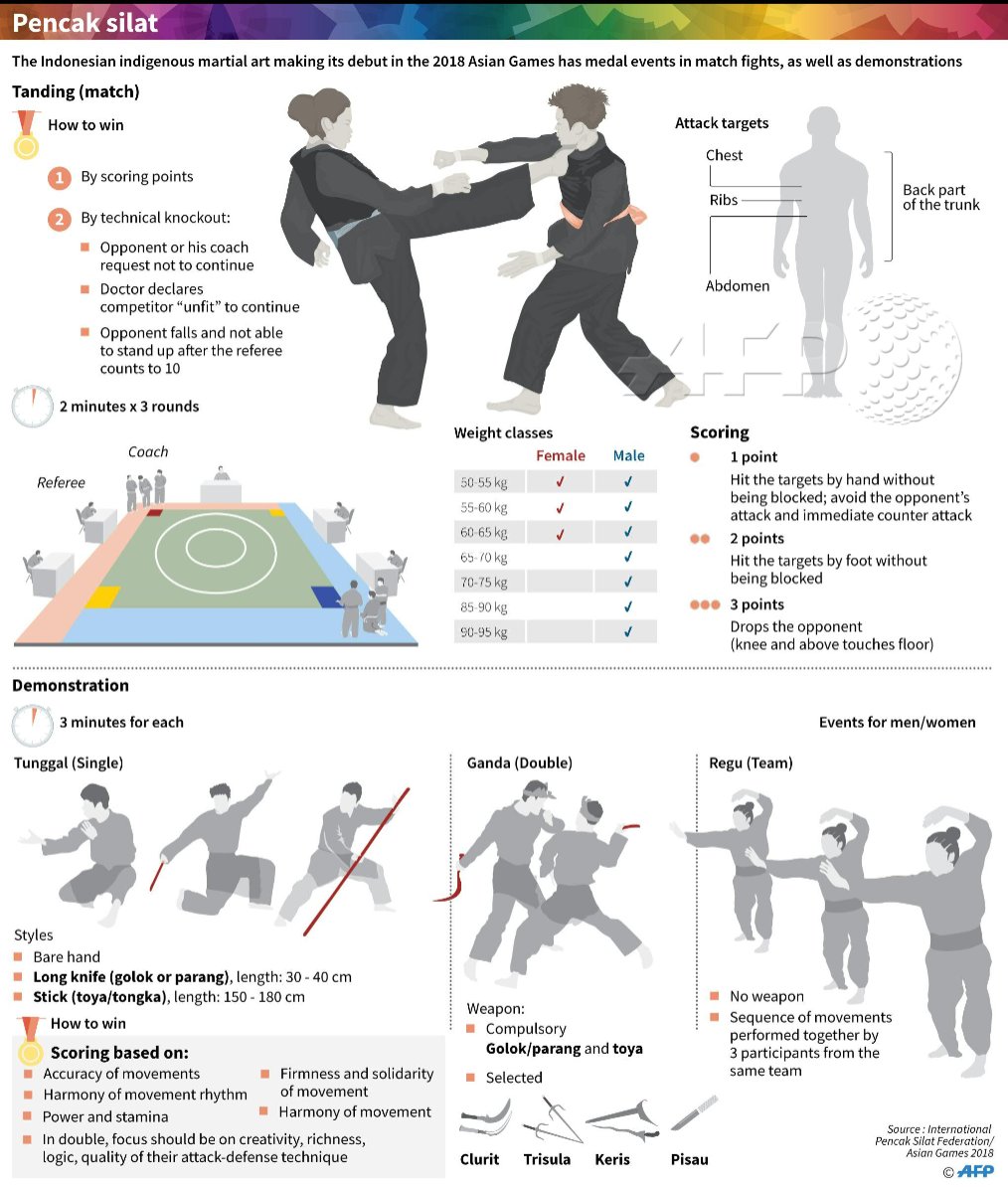A Historic Introduction And Progression Of Martial Arts Around The World
A Historic Introduction And Progression Of Martial Arts Around The World
Blog Article
Article By-Padilla Silverman
Martial arts have an interesting background that extends centuries and continents. You may locate it fascinating just how ancient techniques like Shuai Jiao and Kalaripayattu prepared for contemporary battle techniques. These self-controls not only highlight physical abilities however likewise reflect the societies that birthed them. As you discover their development, take into consideration just how globalization has actually changed these standard types into crossbreed styles. What influences do you assume have formed today's martial arts landscape?
Ancient Martial arts: The Structures of Fight
As you delve into the globe of old martial arts, you'll find the abundant structures that shaped battle techniques across cultures. Early techniques concentrated on Self-Defense and survival, frequently integrating strikes, grappling, and weapons.
In old China, for example, techniques like Shuai Jiao emphasized tosses and joint locks, while India's Kalaripayattu showcased agility and liquid activity. Japanese samurai created Kenjutsu, a refined swordsmanship that highlighted discipline and approach.
These martial arts offered not just for fight however likewise as a way of personal development, instilling values like regard and willpower. The blending of these techniques over time laid the groundwork for the diverse martial arts you see today, each mirroring the special viewpoints and needs of its culture.
The Social Influence on Martial Arts Growth
While martial arts usually reflect the functional demands of a society, they additionally embody the social worths and beliefs of their beginnings. When you check out different martial arts, you'll notice how they're affected by religious beliefs, approach, and social norms.
For instance, the focus on respect and technique in Japanese martial arts originates from Zen Buddhism and samurai culture. In contrast, Brazilian Jiu-Jitsu advertises versatility and approach, shaped by the need for performance in a diverse, modern environment.
You may discover that the rituals, uniforms, and training methods show a community's background and identity. By understanding does martial arts help with autism , you grow your appreciation of martial arts and their function in shaping human experiences across the globe.
Modern Adaptations and the Globalization of Martial arts
Martial arts have changed significantly in recent decades, adapting to modern society and global impacts. You'll see that standard types have mixed with modern techniques, creating hybrid styles like MMA. These adaptations accommodate diverse audiences, making martial arts easily accessible and enticing around the world.
With the surge of social networks and digital systems, you can discover tutorials and competitions from all corners of the globe, damaging geographical barriers. This globalization has brought about a shared appreciation for numerous self-controls, from Brazilian Jiu-Jitsu to Taekwondo.
As you engage with these arts, you'll recognize they're not almost combat; they promote health and fitness, self-control, and psychological health.
Eventually, modern-day adjustments have actually improved the martial arts landscape, making it a dynamic and evolving technique.
Final thought
In exploring the history and advancement of martial arts, you reveal a fascinating mix of methods, societies, and approaches. From old techniques like Shuai Jiao and Kalaripayattu to the contemporary adaptability seen in MMA, martial arts reflect mankind's pursuit for Self-Defense and individual growth. As visit link involve with these practices, you not just obtain abilities however additionally a much deeper recognition for the diverse practices that shape our globe today. So, continue your journey and accept the art of combat!
